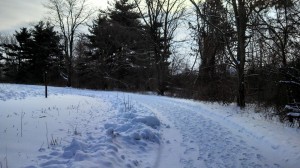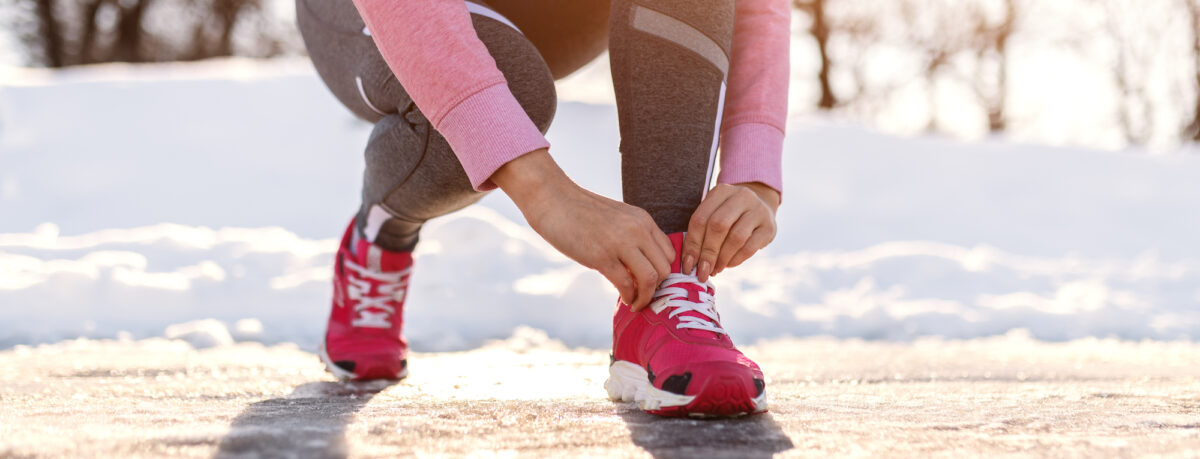Being Safe When Walking
On Presidents Day, a woman jogger was attacked at one of my favorite parks here in Central Ohio. She didn’t do anything wrong. It was mid-day in a popular park in February. (I was interviewed by the local news to talk about it, but that is a different story.)

According to reports, she fought back, was able to get away and called police. Luckily she was unharmed and the teen who attacked her was caught within the hour.
Many women I know have no qualms about walking alone during the day. Daylight provides a feeling of safety for many of us. There are only a couple of parks I will walk alone, and unfortunately, where this woman was attacked was one of them.
I refuse to stop walking outside and I refuse to stop walking by myself! If I need an escort every time I walk, I might as well say the criminals have won and quit entirely.
That said, there are plenty of things we can do to be as safe as possible when we do walk.
Be careful where you choose to walk.
One of the safest parks near me is in the middle of a neighborhood and is surrounded by houses. I feel very safe there and go there often. But the Olentangy Trail along a river has many secluded, tree-lined sections far from view of anyone. Over the years a couple of women have been attacked in some of those secluded sections. I never walk there alone.
Be aware of your surroundings.
As you walk, pay attention to what is going on around you. Keep an eye out for secluded spaces, watch other people. If you see someone who seems out of place or who is acting suspiciously, change direction if possible, get a good look at him, be ready to take action if necessary.
Make sure you can hear what is going on around you.
Some say never wear headphones — I think that is impractical. I wear just one earbud so I can still hear people behind me, bikes, cars, animals…
Feeling afraid? Pay attention.
I’m not a big Oprah fan, but on one show she talked about how if you feel afraid, there is probably a good reason for it. She called it the “gift of fear” and explained how people tend to ignore fear when they shouldn’t. If you feel afraid and you cannot pinpoint why, turn around or leave.

Carry your phone.
I know a lot of people who don’t like to carry a phone, but what will you do if you need help? Not just if you are attacked, but what if you twist your ankle or slip on ice? If you don’t have pockets, there are plenty of small bags that can be worn around your waist — SPIbelt for example — that can hold a phone and don’t bounce.
Be seen.
If you walk in the dark, all of the above are even more important. Also, be sure you can be seen. Wear reflective clothing and carry a light. I have a headlamp. Cars can see me, I can see other people or uneven sidewalks.
Tell someone where you are going.
If you live with other people, that is a no brainer. I always tell my husband or son where I am going to walk and when they can expect me to return — even if it is just in our neighborhood. If you live alone, make a pact with a friend or family member that you will always tell each other where you are going. At the very least, leave a note in your house saying where you went (or in your car if you drove to a park). If something does happen, you will want people to know where to look for you.
Protect yourself.
If you still do not feel comfortable walking, consider taking a self-defense class or carrying pepper spray. I’m looking into self defense just because I think it is important. I do not carry pepper spray because I worry about spraying myself, but it is something to consider.
Conclusion
Despite the reports of attacks in parks, it is my opinion that the health benefits of walking far outweigh the danger. Making smart decisions and being aware should help reduce your chances of being a victim.
(1424)
